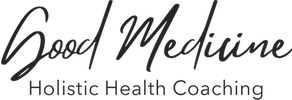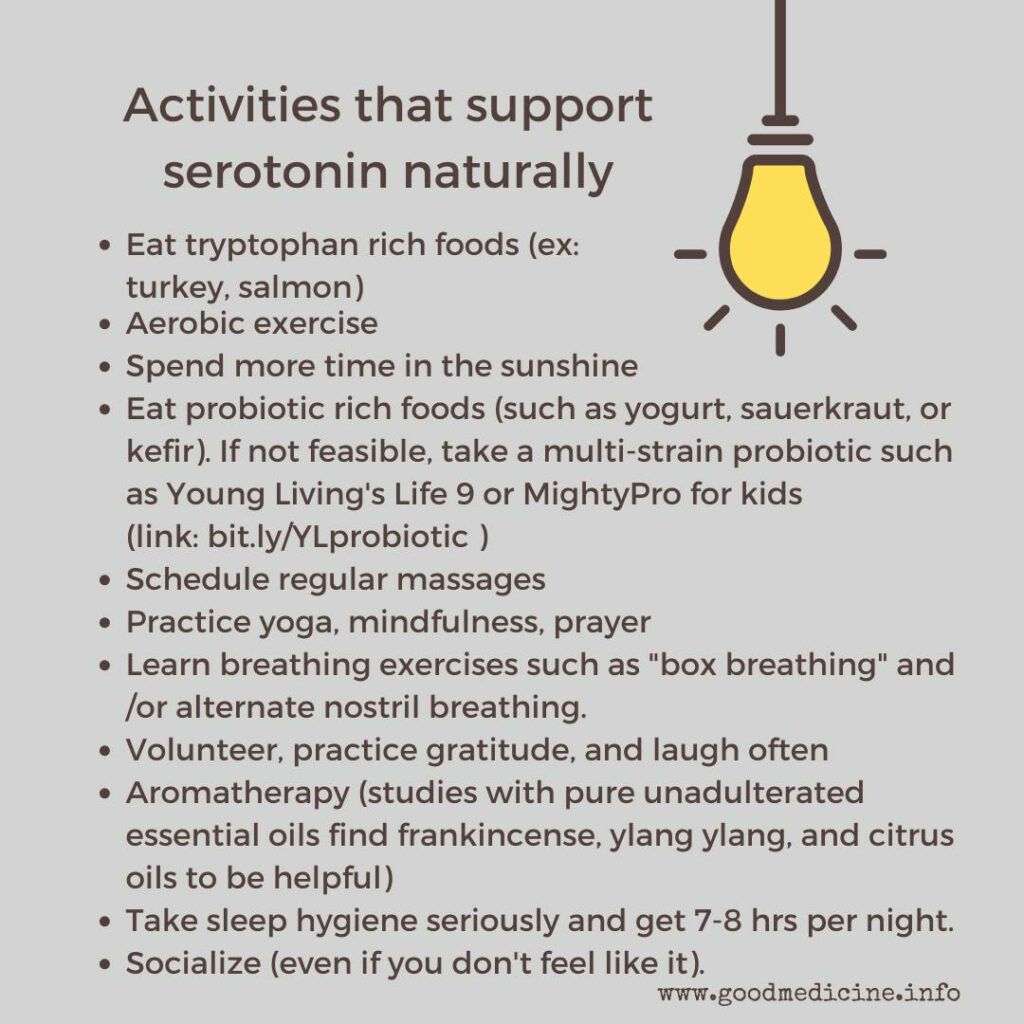
Seretonin Support Naturally

Liz James · ·

Liz James · ·
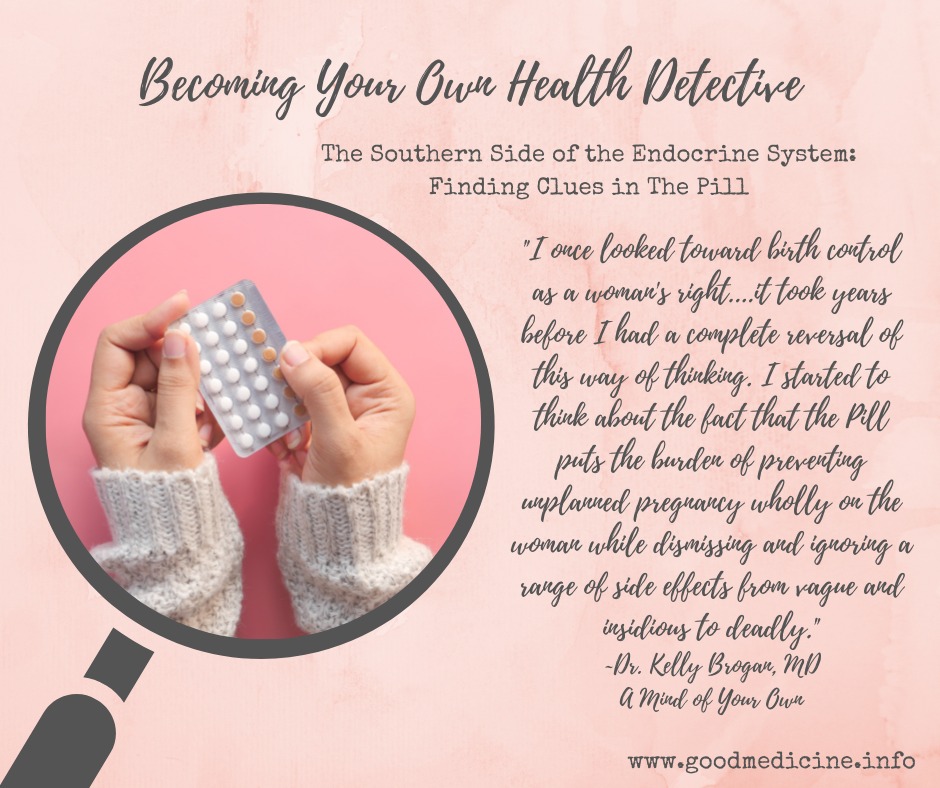
Liz James · ·
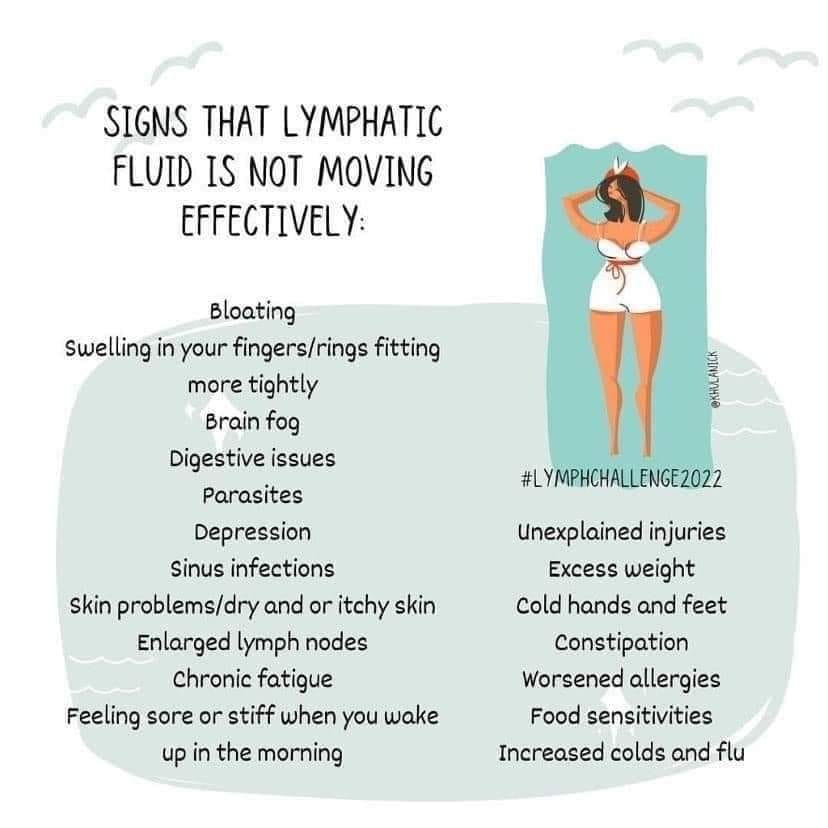
Liz James · ·
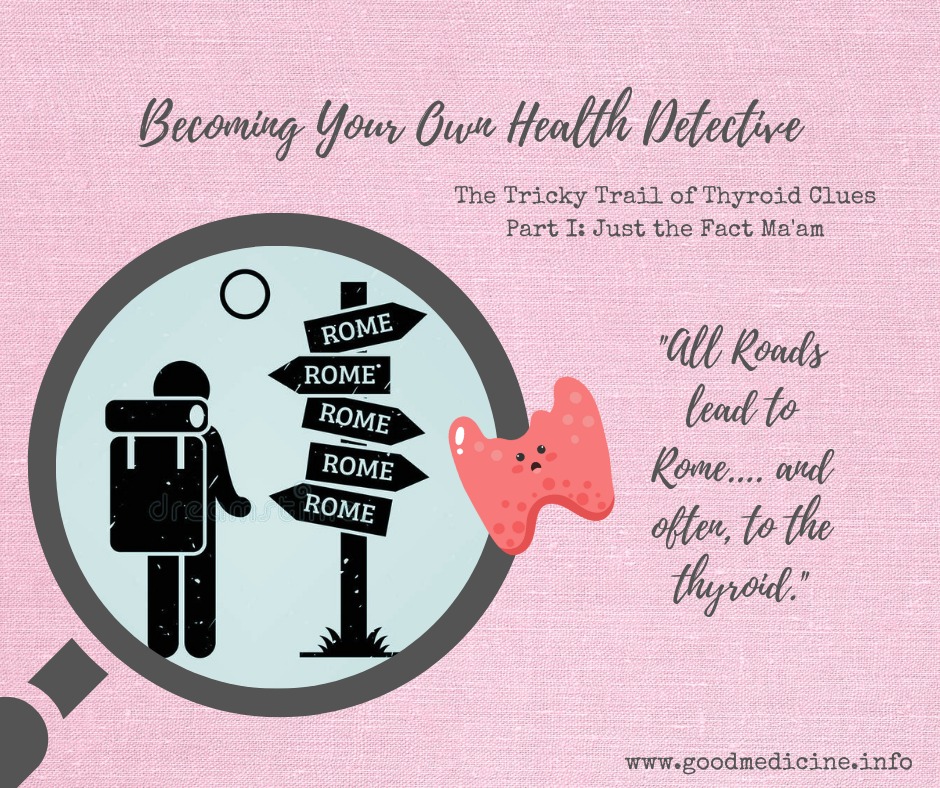
Liz James · ·
Love is in the air! And just like that, here we are in February! You are going to want to tune in today because Young Living is dropping some serious goodness on us (not just in this post!).
It’s been a hot minute since we’ve have coupons to share with a friend, and they’re back! Do you recall what set your tilted health world
upright and spinning in the right direction again? Was it DiGize,
Thieves for the win!
…. or perhaps a supplement like Sulfurzyme, or Thyromin
. While you were sighing with relief, didn’t you also want to shout from the roof tops? I frankly couldn’t keep my mouth shut. Everyone needed to know about the miraculous ways of Young Living plant juice. #Godgaveuswhatweneedinthegarden If someone hadn’t shared with me, I may have found these tools eventually…… but maybe I wouldn’t have? Then what? ….. I don’t even want to think about it.
Pay it forward friends. #betheoneforsomeone ….. and now we can not only share information, we can give them a financial foot in the door with a 10% coupon. (You can earn up to 2 coupons this month!….. the code will come to you by email within a week of placing your order…. so watch for it in your email box!)That’s a gift that keeps on giving! Because it’s February….. (and you don’t want to miss Lucy Li Bido’s class that starts today!….. you’re going to want the tools to make her potions
)
One Heart (essential oil blend for Subscribe to Save … subscription orders). Diffuse or wear this perfume worthy blend created especially for the Young Living Foundation.
Ylang Ylang…. oh my! Put the Ecuador YL farm on your bucket list because fields of Ylang Ylang trees are magical. The aroma makes it so! Ylang Ylang can be found in both Joy and Sensation… according to science (and Lucy
) it supports libido and a healthy blood pressure in women and men. Here’s one of her diffuser recipes for the bedroom:3 drops Sandalwood3 drops Lavender2 drops Ylang Ylang
That cute little pink glass dropper will be perfect for making face serum or a host of other recipes!
Lavender Calming Bath Bombs…. if you are a bath gal (or guy!), you’ve probably already fallen in love with these!
Geranium is another floral oil whose actions and abilities are very much in the category of “pretty is as pretty does”. It has been used for eons in skin care (ahem…. winter skin!), skin healing, and also in balancing emotions. Do a little digging on geranium and the liver
. My favorite thing about geranium is that it is FANTASTIC for bleeding wounds. We’ve had some gusher wounds out here on the farm, and have found that one of our first aid kit must haves is a ready made blend of Geranium, Frankincense, Lavender, and Helichrysum. #tools! Each can be used individually for the job, but that combo is the bomb!
Elemi comes from the same plant family as Frankincense and Myrrh…. sometimes you might hear it be referred to as “the poor man’s Frank”. (That’s a hint
) It has been used for centuries in ointments and salves for skin, including dressing battle wounds of soldiers. If you see a recipe for Frank but don’t have it on hand, Elemi does a stellar job as your backup plan! Have a great Feb 1st friends! It’s going to be an amazing month! (Holler if you’d like a 10% coupon to get started….. I’ll have a few to give away this month!)
xoxo~ liz
#sharingiscaring#betheoneforsomeone#sharethelove#ThanksYL

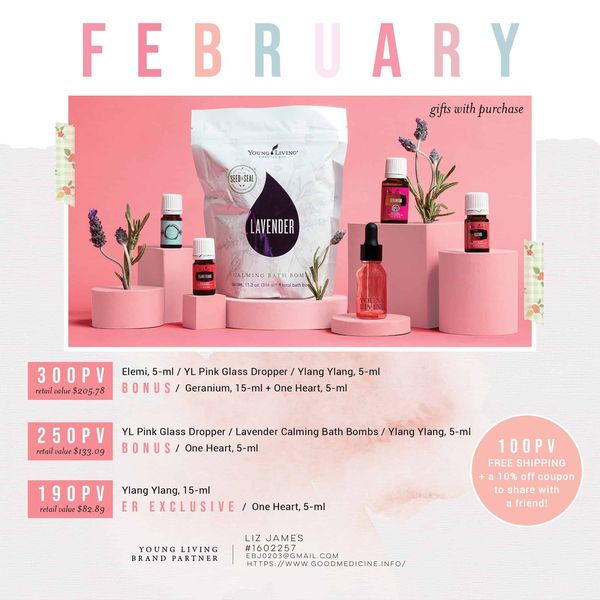
3You and 2 othersLikeCommentShare
Book Your Health Coaching CallBook Now
